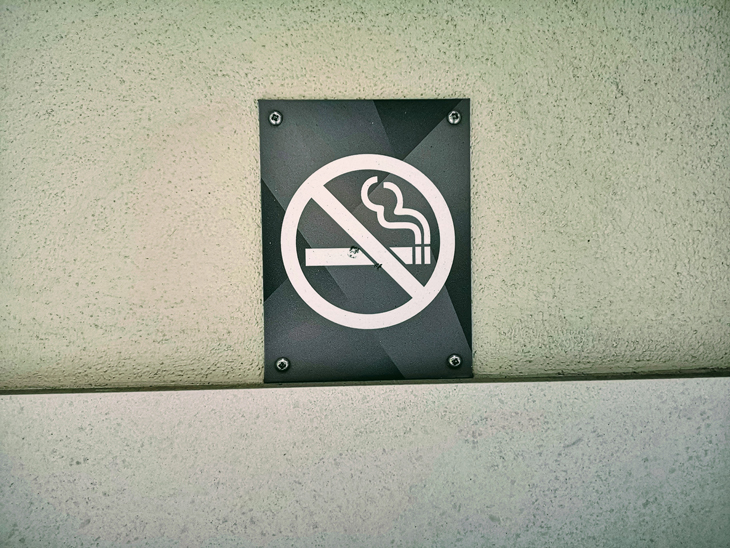
Clearing the Air: A Comprehensive Guide to Air Purifiers for Smoke
When smoke infiltrates our living spaces, whether from wildfires, cigarette smoke, or indoor cooking, it can pose significant health risks and diminish indoor air quality. In response to this pressing concern, air purifiers have emerged as essential appliances designed to remove airborne contaminants and improve respiratory health. In this comprehensive guide, we delve into the world of air purifiers for smoke, exploring their functionality, effectiveness, and key considerations for selecting the right model for your needs if you aren’t successful in how to block cigarette smoke from getting into your space in the first place.
Understanding Smoke and its Impact
Before delving into the realm of air purifiers, it’s essential to understand the nature of smoke and its potential health effects. Smoke consists of a complex mixture of gases and fine particles, including carbon monoxide, volatile organic compounds (VOCs), and hazardous chemicals such as benzene and formaldehyde. Prolonged exposure to smoke particles can irritate the respiratory system, exacerbate existing health conditions, and increase the risk of respiratory infections and cardiovascular problems.
How Air Purifiers Work
Air purifiers for smoke employ various technologies to capture and neutralize airborne pollutants, including smoke particles and odors. High-efficiency particulate air (HEPA) filters are widely regarded as the gold standard in air purification, capable of capturing particles as small as 0.3 microns with an efficiency of 99.97%. Activated carbon filters are effective at adsorbing odors and volatile organic compounds (VOCs) present in smoke, while ultraviolet (UV) light technology can disinfect and sterilize the air by targeting bacteria, viruses, and mold spores.
Key Features to Consider
When selecting an air purifier for smoke removal, several factors should be taken into account to ensure optimal performance and efficiency. Consider the size of the area you wish to purify, as different models are designed to accommodate varying room sizes. Look for air purifiers with multiple filtration stages, including HEPA filters and activated carbon filters, to effectively capture both particulate matter and odors associated with smoke. Additionally, consider the noise level of the purifier, especially if it will be used in bedrooms or other quiet areas of the home.
Popular Brands and Models
Several reputable brands specialize in manufacturing air purifiers tailored specifically for smoke removal. Brands like Honeywell, Blueair, Coway, and Levoit offer a range of models equipped with advanced filtration technologies and user-friendly features. The Honeywell HPA300 True HEPA Air Purifier, for example, boasts a powerful filtration system capable of capturing smoke particles, pollen, pet dander, and other airborne contaminants. Similarly, the Blueair Blue Pure 211+ Air Purifier combines a pre-filter, activated carbon filter, and particle filter to effectively remove smoke, odors, and allergens from indoor air.
Choosing the Right Air Purifier
When selecting an air purifier for smoke, it’s essential to assess your specific needs and preferences to find the most suitable model. Consider factors such as the size of your living space, the severity of smoke exposure, and any additional features you may require, such as smart connectivity or customizable settings. Evaluate the Clean Air Delivery Rate (CADR) and the Air Changes per Hour (ACH) of different models to gauge their effectiveness in removing smoke particles and refreshing indoor air.
Maintenance and Care
To ensure optimal performance and longevity, proper maintenance of your air purifier is essential. Regularly replace the filters according to the manufacturer’s recommendations to prevent the accumulation of dust and debris, which can impede airflow and diminish filtration efficiency. Clean the exterior of the purifier periodically to remove dust and dirt buildup, and ensure proper ventilation to facilitate airflow and circulation throughout the room.
Conclusion
In conclusion, air purifiers represent a valuable investment in safeguarding indoor air quality and protecting respiratory health, particularly in environments prone to smoke infiltration. By understanding the different types of air purifiers available, evaluating key features and considerations, and selecting a model that meets your specific needs, you can effectively mitigate the risks associated with smoke exposure and enjoy cleaner, healthier indoor air for years to come.



